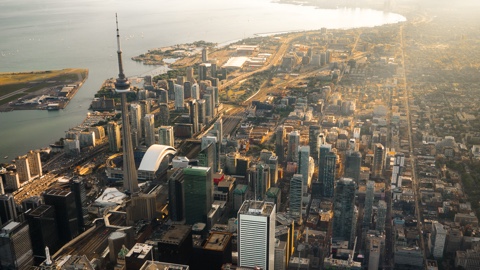
It was recently announced that Sidewalk Labs, a sister company of Google, is partnering with Waterfront Toronto to design a new kind of mixed-use, complete community on Toronto’s eastern waterfront. The project, called Sidewalk Toronto, will combine urban design and new digital technology to create people-centered neighborhoods that provide sustainability, affordability, mobility, and economic opportunity. Planned features include an open digital infrastructure, flexible building designs, and new mobility options. Urban environmental challenges such as energy use, housing affordability, transportation, and waste will also be addressed.
“We believe it’s possible to accelerate urban innovation by creating a new type of place where cutting-edge technology and people-first design are built into the very foundation,” said Dan Doctoroff, the CEO of Sidewalk Labs. “This will be a place where new solutions can be launched, advanced and coordinated at scale. We looked all over the world for the perfect place to bring this vision to life, and we found it here in Toronto.”
To ensure community feedback and involvement, multiple town hall meetings are being held. One recent meeting was held at the University of Toronto’s campus and involved a number of professors from various disciplines such as transportation research, public health, and municipal finance and governance. Details of what a “smart city” could look like and what issues and challenges need to be addressed in order to create a city or neighborhood that improves the lives of its residents were discussed.
“The Sidewalk Labs investment is going to raise questions like who controls the development and the implementation of the technology, but most importantly, who controls the data,” said David Wolfe, professor of political science at University of Toronto Mississauga. “This means governments have to be able to keep up with the pace of technological change in order to have a say in how it’s implemented.”


